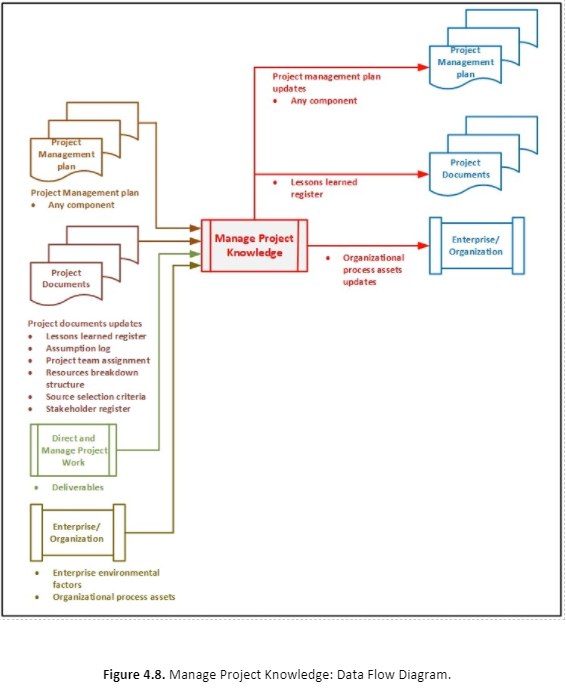
Knowledge is commonly split into “explicit” (knowledge that can be readily codified using words, pictures, and numbers)
and “tacit” (knowledge that is personal and difficult to express, such as beliefs, insights, experience, and “know-how”).
Knowledge management is concerned with managing both tacit and explicit knowledge for two purposes:
reusing existing knowledge and creating new knowledge.
The key activities that underpin both purposes are knowledge sharing and knowledge integration
(of knowledge from different domains, contextual knowledge, and project management knowledge).